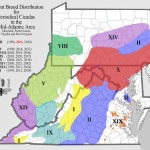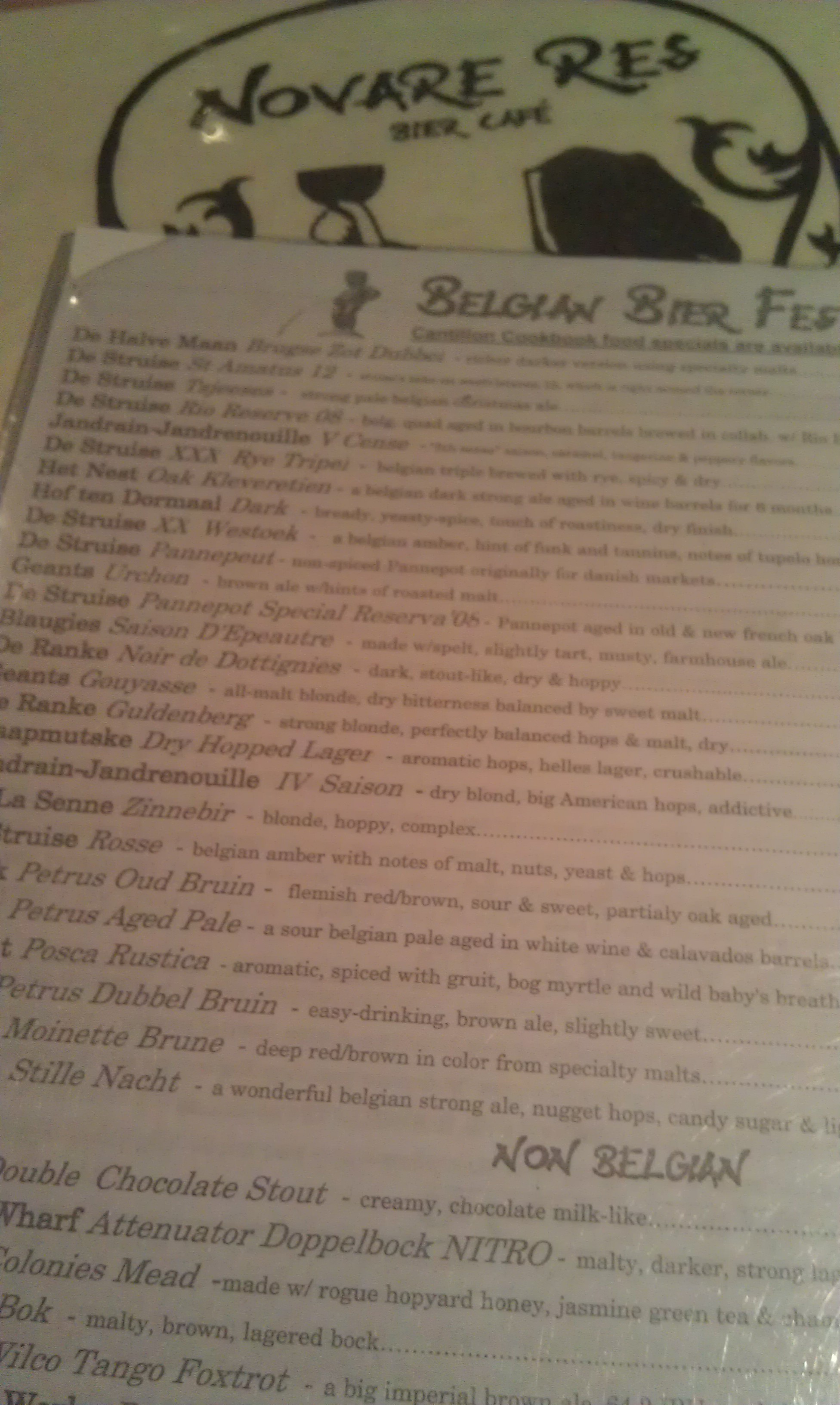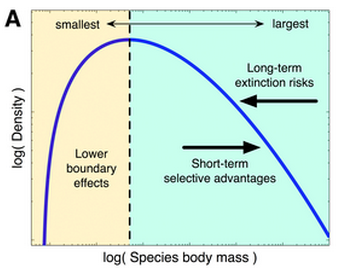This is a lovely essay about memory and reading.
Category Archives: Uncategorized
Choose your Own Reader
Google Reader Remider: Save your subscriptions
I don’t use Google Reader, but I get a lot of traffic from it. If you use Google Reader for your blog reading don’t forget the shutdown. They are cruelly abandoning you in two days, i.e on Monday July 1st.
You can save the list of blogs you read by going to Google Takeout. Takeout is a bit complex because it supports extracting your account data for assorted Google services and using it involves a number of steps. Today you just want to extract the data for the Reader service. So:
- Log into Google – for example visit Google Reader
- Go to the page that selects the Google Reader account data.
- This doesn’t create the archive, this prepares to create it. So wait for the little array of squares to turn red.
- Click the Create Archive button at the bottom of the page .
- Wait for your archive to be created and then click the Download button
- You will be asked to login in one more time.
This will save a file to your computer. This is a zip file named something like name@example.com-takeout.zip. This is a compressed archive of the account information your account info. If you unpack it the folder will be called something like name@example.com-takeout. Inside one of a folder with the Reader data. Inside that is a file called Subscriptions.xml.
Subscriptions.xml is the list of blogs you subscribed to. It is a format known as XML, add in a variant of that format known as OMPL. It is pretty unreadable, and worse if you try to open it in on most computers the computer will either refuse, or it will pick some tool to view it that you’ve never used before.
 So the next step is to try another blog reader. When you pick one you load Subscriptions.xml into it; and that will teach it what blogs you like to read. There are lots of frustrating posts about Google Reader Alternatives.
So the next step is to try another blog reader. When you pick one you load Subscriptions.xml into it; and that will teach it what blogs you like to read. There are lots of frustrating posts about Google Reader Alternatives.
Hope to see you on the otherside.
Motivation: raising the stakes
Raising the stakes…
If I was more in alignment with current SEO practice I’d collect 10 threatening alarm clocks. Or maybe just awesome ones.
Monocarpic
Monocarpic plants set seed only once and then die. Bamboo is of this kind, but they have very long lives. We have a lovely clumping bamboo (Fargesia), i.e. it’s not invasive. It currently has has an abundant crop of seed. So this is the end. Or is it? I think it’s over.
The cultivar we have is Fargesia nitida, which features a pretty dark purple cane. It was brought out of China by a Russian collector in the 1880s, and presumably all the plants like ours have been cloned from that one. They are all setting seed these days, that started a few years ago. It would seem that the setting of seeds in the Bamboo is a somewhat synchronized event, worldwide. You can already buy new plants grown from the seeds; though only time will tell exactly how those will behave.
That this only happens every 100+ years makes me curious if it would be possible to brew a craft beer from the abundant grain harvest.
 |
| Fargesia |
Cicadas

See More
The New Yorker has a short essay about long reproductive cycle of the Cicadas. Cicadas emerge every 13, or 17 years; this year’s appear every 17 part of the largest “brood.” 13 and 17 are prime numbers. The theory for why that is is that this helps them remain out of synch with the reproductive cycles of their predators.
This all reminded me of the mast years. You’ll recall that mast years are apparently random events were in a given species of tree across a region will produce a vast number of seeds. Animals that eat those seeds are overwhelmed so some of the seeds survive. But also the animals suffer a population bubble, and the the following year they starve. There is an amazing story about the ripple effects of a mast year in Bamboo. In that story the rat population exploded, and the next year the rats moved onto eating people’s grain stores; which lead to a revolution.
Which got me wondering what are the ripple effects around the Circada’s emergence. This essay provides a bit of of that. The Circada laval eat tree roots – trees have very long reproduction cycles – and you can see the signature of the prime number cycles in the tree rings. Moles thrive in the year before the emergence as they feast on the soon to emerge population. Presumably next year will be a lousy time to be a mole.
That article also talks about wasps and bacteria. Settling into a reproductive cycle based on a prime number is only gone to help you avoid predators who’s reproductive cycles are multiples of years. Moles, rats, and wasps for example. But it’s no help against the bacteria. They can ramp up their population fast. Which leads to a curiosity that older trees have a resident population of bacteria that loves to eat Circada; and the Circada tend to emerge around younger trees.
Meanwhile there is a cool example of crowd sourced science over at MagiCicada.org, where you can see where they are emerging. See also www.cicadamania.com. Sadly they aren’t common here in Boston.
Novare Res
Portland Maine is very lucky, they have an amazing bar! Affordable too! Portland’s harbor is protected by a number of extremely cute little islands. These can be reached by ferry. Some of them have little newspapers full of articles about the residents. For example I read an article once about the man who brings the interlibrary loan books.
Portland’s harbor is protected by a number of extremely cute little islands. These can be reached by ferry. Some of them have little newspapers full of articles about the residents. For example I read an article once about the man who brings the interlibrary loan books.
It was in one of these I first read about this bar. It seems that they have a room where you can store your chalice, but first you must earn your chalice. The article told the story of a resident who had recently obtained that right. Each day for near on a year he had left work and before heading on down to the ferry and home he had stopped in at the bar to ordering another kind of beer until he had ticked off a sufficiently long list.
That seemed like a worthy achievement and a very romantic lifestyle.
I had a Jandrain-Jandrenouille IV Saison, lucky me!
Big Warm Blooded Animals
This is a lovely simple article: How Large Should Whales Be? It’s a simple article because it builds on an earlier article about the sizes of land mammals.
The model in the article rests on some stylized facts about animal size. Fossils show that over time species tends to get larger; we can presume there is a benefit to being larger. Warm blooded animals have a minimun size; if your tiny it’s hard to keep warm. Most warm blooded animals are about the size of a large rat (or squirrel). Which doesn’t really make sense since we already said that larger is better.
The tension between the advantages of size and the fact that most warm blooded animals aren’t huge is – they say – about extinction. On the one hand it takes time to evolve into something huge and on the other hand the speicies is always at some risk of going extinct. This is almost enough to build a model that explains the distirbution of sizes for warm blooded animals. We need only one more detail – i.e. that larger animals are more likely to go extinct. I gather the model works extremely well.
The paper just extends the model from land to sea. Showing that the model works very nicely for whales and such. It’s harder to keep warm in the water, so the minimum size for a aquatic mammal is larger than that of a land mammal. My favorite factoid from the paper is that land mammals moved into the water as soon as grew larger than the warmblooded aquatic minimum.
Why are larger species are more likely to go extinct? It’s bit counter intuitive. Size has a short term advantage, otherwise they wouldn’t evolve toward larger sizes. A large animal has, in effect, a larger bank account and that let’s him buffer life’s vicissitudes. But why would it be good in the short term and bad in the long term. A possible logic is that any species resides in some niche, and it’s a bigger then you get a smaller population filling the niche. Small populations are easier to wipe out.
I don’t really see any hope that this model is useful in other contexts closer to my interests: firm size, wealth distributions, city size, etc. Their size distributions don’t look like that illustration, not at all. They have much longer tails to the right. Suggesting the extinction events are rare for them. But it’s an amusing exercise to try. Look for the analogies to theromodynamics, evolution, and extinction events.
“prescription” swim goggles
This is a product testimonial :). Unemployment has given me the time to start swimming again. I goto the Y. I bought my self some new googles.
I’ve long coveted a pair of prescription swim goggles. Even though I am a huge fan of buying my glasses over the Internet swim goggles have been very expensive. Well, times have changed.
You can find sellers on Amazon who will sell you a pair for 25$ up (plus shipping). And I bought my pair on eBay from china for less than $10 (total). These offers aren’t exact prescription; you round your prescription to the # that the vendor offers and buy those. The ones on eBay required that both eyes are reasonably similar; but there are some vendors on Amazon that will let you order different #’s for each eye.
I’m extremely happy with mine. It’s nice not to be blind. Today I discovered that there are very thought provoking chips in the tiles at the bottom of the deep end in the pool. Sometimes, when swimming laps I switch lanes, moving into an empty lane. It will be nice knowing that the lane is actually empty.
Playing with facebook data
Lots of thought provoking charts in this blog posting over here.

